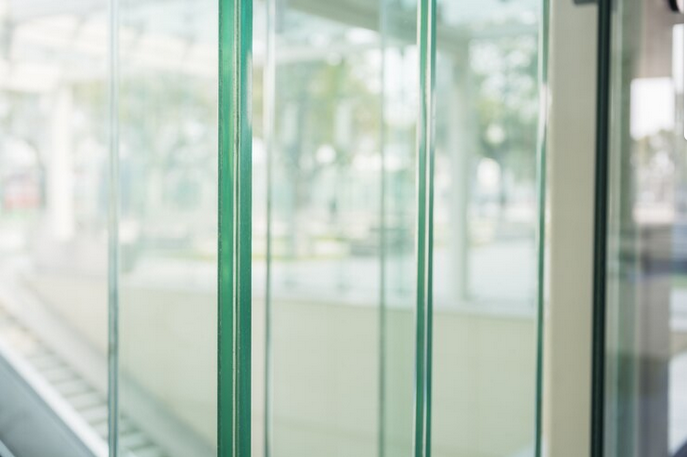Glass has long been celebrated for its ability to bring transparency and lightness into architectural spaces. However, the inherent openness of glass surfaces can sometimes pose challenges in terms of privacy, glare reduction, and aesthetic enhancement. This is where glass film glass steps in, offering a versatile solution that combines functionality with style to elevate the beauty and utility of glass surfaces.
1. Balancing Transparency and Privacy
One of the primary considerations when working with glass surfaces is finding the right balance between transparency and privacy. While glass allows natural light to flood a space, it also compromises privacy by making interiors visible from the outside. Glass film provides an elegant solution to this dilemma by offering various levels of opacity to suit different needs.
Whether you opt for frosted film to create a subtle, diffused effect or choose a decorative pattern that obscures views while still allowing light to filter through, glass film allows you to customize the level of privacy according to your preferences. This versatility makes it an ideal choice for a wide range of applications, from residential windows to commercial storefronts.
2. Reducing Glare and Harsh Reflections
Glare and harsh reflections from direct sunlight can detract from the comfort and usability of interior spaces, particularly in areas with extensive glass surfaces. Glass film helps to mitigate these issues by diffusing light and reducing glare, creating a softer, more inviting ambiance.
By applying a matte or textured film to glass surfaces, you can minimize reflections and create a more visually comfortable environment for occupants. This is especially beneficial in spaces like offices, where glare reduction is essential for maintaining productivity and wellbeing.
3. Infusing Style and Personality
Beyond its practical benefits, glass film also serves as a versatile tool for adding style and personality to architectural interiors. With a wide range of designs, colors, and textures to choose from, glass film allows you to customize glass surfaces to reflect your unique aesthetic preferences.
Whether you prefer a minimalist, understated look or want to make a bold statement with a vibrant pattern or graphic design, glass film offers endless possibilities for creative expression. From sleek and modern to timeless and classic, there's a glass film option to suit every style and taste.
4. Enhancing Architectural Features
Glass film can also be used to enhance the architectural features of a space, adding visual interest and depth to glass surfaces. By strategically applying film to certain areas or incorporating decorative elements, such as geometric patterns or faux textures, you can transform ordinary glass into a design focal point.
For example, applying a band of frosted film along the bottom of a glass partition can create a sense of privacy while also serving as a decorative accent. Similarly, using frosted film to create a custom logo or signage on a glass door can reinforce branding and identity while adding a touch of sophistication to the space.
5. Promoting Energy Efficiency
In addition to its aesthetic and functional benefits, glass film can also contribute to energy efficiency efforts by reducing heat gain and loss through windows and glass doors. By applying a reflective or tinted film to glass surfaces, you can help regulate indoor temperatures and reduce reliance on heating and cooling systems.
This not only lowers energy consumption and utility costs but also contributes to a more sustainable built environment. With growing concerns about climate change and resource depletion, incorporating energy-efficient solutions like glass film into architectural design is becoming increasingly important.
Conclusion
Glass film offers a versatile and stylish way to enhance the transparency of glass surfaces while addressing practical concerns such as privacy, glare reduction, and energy efficiency. Whether used to customize the level of opacity, infuse personality and style, enhance architectural features, or promote sustainability, glass film provides designers and homeowners with a flexible tool for elevating the beauty and functionality of interior spaces.
By embracing the art of glass film, you can transform ordinary glass into a canvas for creativity and innovation, creating environments that are not only visually stunning but also comfortable, efficient, and sustainable. With its ability to combine transparency with style, glass film represents a timeless and enduring solution for modern architecture and design.





Comments